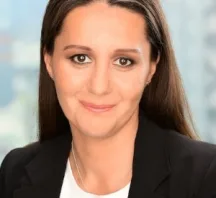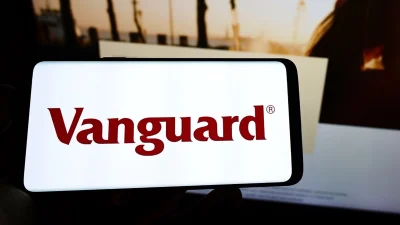VanEck lists new ETF



VanEck has listed its new exchange trade fund (ETF), the VanEck Vectors MSCI World ex Australia Quality (hedged) ETF (QHAL), on the Australian Securities Exchange (ASX).
The new fund would be a hedged version of VanEck international equities ETF ‘QUAL’ with over $520 million in assets. It would track a hedged version on the same index tracked by QUAL, which aimed to capture the performance of the quality stocks from its parent index, the MSCI World ex Australia Index.
According to VanEck’s managing director and head of Asia Pacific, Arian Neiron, some investors would choose to stay in unhedged international equity investments.
“As more money flows offshore, the hedging decision, which can depend on an investors’ risk profile and the level of the Australian dollar, is becoming increasingly important. We are listening to what investors want and have now launched a hedged version of our successful QUAL ETF,” he said.
According to the latest Vaneck ETF IQ report, international exchange traded products were ones of the most popular over the 12 months to 28 February 2019, with $3 billion in net inflows.
"Investors are seeking greater growth opportunities in offshore equity markets, many of which have outperformed the Australian share market, including the US market,”Neiron added.
“QUAL and QHAL give investors simple tools to diversify their portfolio by accessing quality international investments via hedged or unhedged options for a very low cost.”
Recommended for you
Natixis Investment Managers has hired a distribution director to specifically focus on the firm’s work with research firms and consultants.
The use of total portfolio approaches by asset allocators is putting pressure on fund managers with outperformance being “no longer sufficient” when it comes to fund development.
With evergreen funds being used by financial advisers for their liquidity benefits, Harbourvest is forecasting they are set to grow by around 20 per cent a year to surpass US$1 trillion by 2029.
Total monthly ETF inflows declined by 28 per cent from highs in November with Vanguard’s $21bn Australian Shares ETF faring worst in outflows.











